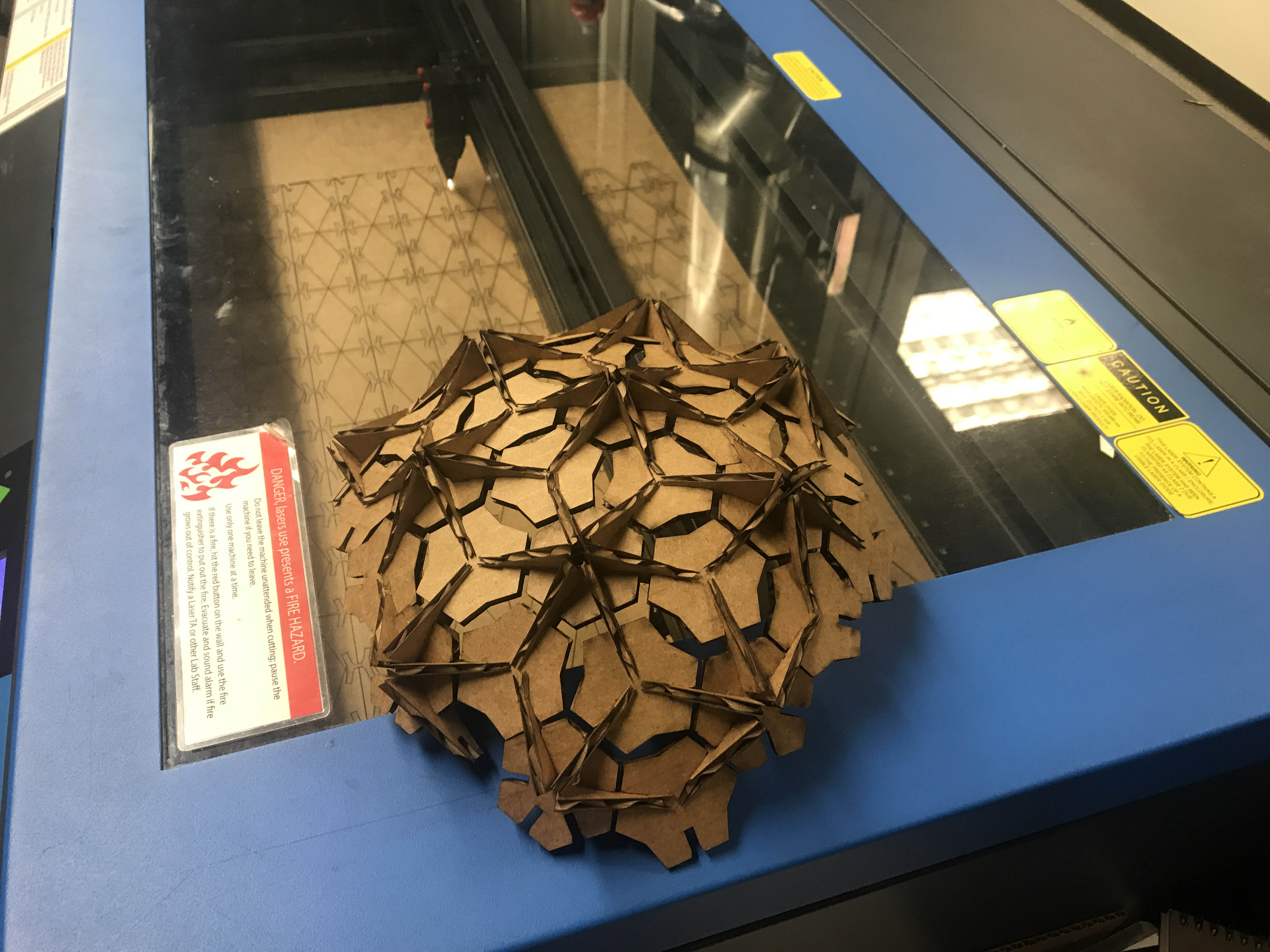


To prevent scorching in the natural fibers (coarse fabrics).Use lubricated paper for separating layer.Identify the defects noticed in the fabric by means of sticker.Use Paper for the first ply in case the table surface is rough or when fine fabrics are being spread.Mark the Splice Zone on the Spreading Table.Correctly aligned as to length and widthīefore spreading some parameters must be keep in mind–.To place a number of plies of fabric under the marker according to the planning process.The objectives of spreading is given below. Damage placement: economy of placement.

Spreading quality must be measured with respect to the following factors: The cut order plan details the colors and ply lengths for a stepped spread, if it is needed. A stepped spread is generally used when the quantities to be cut precludes the use of a flat spread. Stepped spreads – This as the name suggests, is built up in steps, with all the plies in one step having the same length.Flat spreads – All plies are of the same length.Type of fabric itself (rough or slippery).the number of plies of each color is obtained from the cut order plan. This is a preparatory operation for cutting and consists of laying plies of cloth one on top of the other in a predetermined direction and relationship between the right and wrong sides of the cloth. of plies up to 300 is possible in one lay. Fabric spreading is the preparatory process for cutting. KCC Women’s College (Affiliated by Khulna University)įabric spreading means smooth lying out of fabrics as per marker direction. Last Updated on Configuration of Fabric Spreading Systems Used in Garment Industry


 0 kommentar(er)
0 kommentar(er)
